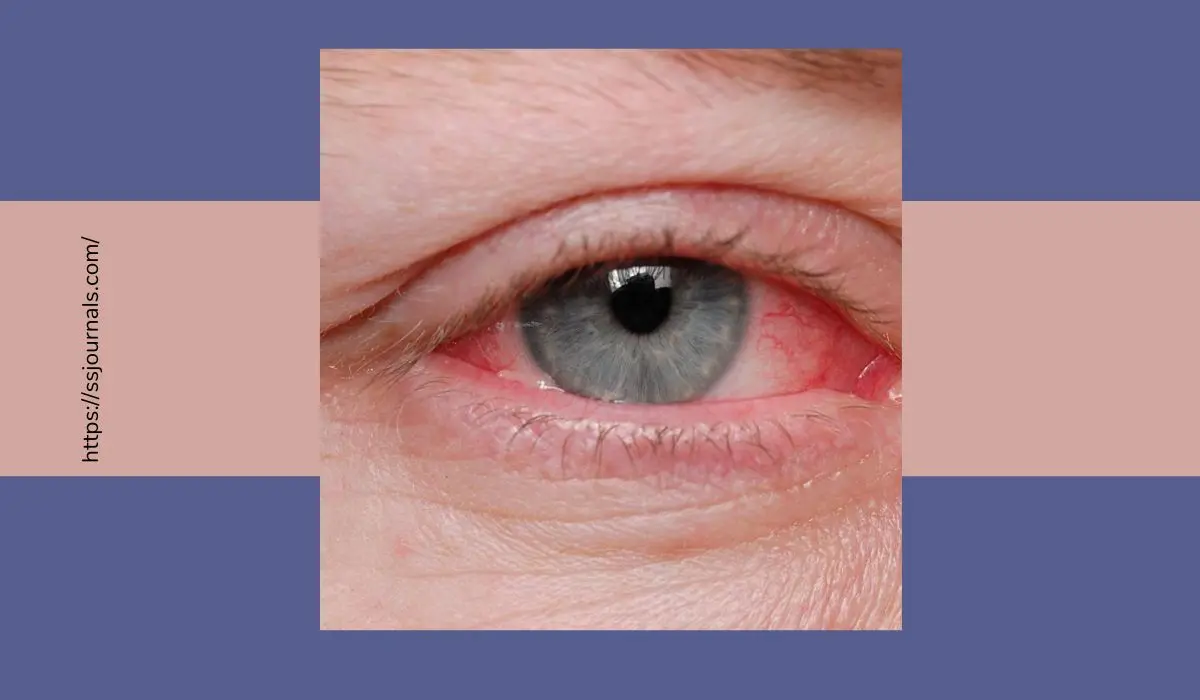Pink eye, also known as conjunctivitis, is a very common eye condition. It involves inflammation of the conjunctiva, the thin transparent layer covering the white part of the eyes and inner eyelids. While pink eye most often has a viral or bacterial source, some other eye conditions may get mistaken for pink eye. Being able to recognize what is truly pink eye versus what may be something else needing different treatment is important.
Conditions Misdiagnosed As Pink Eye
Here are some common conditions that share features with pink eye but require different management:

Allergic Conjunctivitis
Allergy-driven inflammation of the conjunctiva can mimic pink eye with redness, itching, and watery discharge. But itchiness and seasonal occurrence provide clues it’s allergy-related rather than infectious pink eye. Antihistamine eye drops help control allergic pink eye.
Dry Eye Syndrome
Insufficient tear production can cause redness, irritation, and a gritty sensation which may appear like pink eye. But there is usually no discharge with dry eyes. Artificial tears and ointments help provide moisture and lubrication.
Blepharitis
This chronic eyelid inflammation also causes red, irritated eyes with a gritty feeling. Flaky skin and oily secretions along the lash line differentiate it from pink eye. Lid scrubs and warm compresses treat blepharitis rather than antibiotics.
Uveitis
Deeper inflammation of the uvea, the middle eye layer containing blood vessels and pigment, has overlapping symptoms with pink eye like redness, pain, and light sensitivity. But it requires prompt treatment with steroid eye drops to control inflammation and prevent eye damage.
Corneal Abrasion
A scratched cornea leads to teary, red, painful eyes much like pink eye. However, there is no discharge with an abrasion. Antibiotic ointment and eyepatches promote healing rather than oral antibiotics.
Subconjunctival Hemorrhage
Burst blood vessels under the conjunctiva cause vivid red patches on the white of the eye. Although harmless, this may be mistaken for a severe case of bloody pink eye. The bright red patches distinguish it from infectious conjunctivitis.
Eye Fatigue
Excessive computer use, reading, or eye strain can induce tired, irritated eyes. But this condition quickly improves with rest, unlike pink eye which needs medication. Artificial tears sometimes help relieve fatigue-related symptoms.
Related: What Is Eye Twitching? Causes & Symptoms!
How Is Pink Eye Properly Diagnosed?
Doctors diagnose pink eye based on characteristic symptoms of contagious viral or bacterial conjunctivitis, including:
– Red or pink color in the whites of the eyes
– Swelling and irritation of the conjunctiva
– Watery, mucousy discharge – often greenish or yellowish
– Crusting of eyelids or lashes, especially upon waking
– Foreign body sensation or gritty feeling in the eyes
– Burning, eye itching, or stinging discomfort
– Increased sensitivity to light
Doctors may use a fluorescein dye test to check for corneal damage and examine secretions under a microscope to identify potential bacteria, viruses, or allergens.
Viral pink eye tends to resolve without treatment in 1-2 weeks while bacterial cases require prescription antibiotic eye drops to prevent complications and spread. Accurate diagnosis guides appropriate management.
Conclusion
While pink eye is very prevalent, many other conditions like allergies, dry eye, uveitis, and corneal abrasions can mimic similar symptoms. Seeing an eye doctor for accurate diagnosis ensures appropriate treatment to relieve discomfort and avoid potential complications. Understanding the distinguishing features of pink eye aids prompt recognition and management.
FAQ
It’s uncommon but possible to have mild viral pink eye without much redness, especially early on. Discharge and irritation are better indicators. Bacterial pink eye usually does involve noticeable redness.
No, you should not wear contact lenses with pink eye as they can trap bacteria and irritate eyes. Lenses should only be worn again after finishing treatment and eyes have fully healed.
Yes, pink eye is very contagious, easily spreading through contact with eye secretions. Both viral and bacterial forms can be transmitted by touch, shared towels, or close contact.
Yes, viral pink eye tends to cause watery, mild discharge while bacterial pink eye involves thicker, opaque, colored discharge and more irritation. Bacterial is also more treatable with antibiotic drops.
Frequent, thorough hand washing, avoiding touching the eyes, not sharing towels or pillows, and disinfecting surfaces help prevent pink eye transmission. Good hygiene and avoiding close contact with infected people are key.
More: Best Vegetables For Eye Health: Enhance Your Vision Naturally

